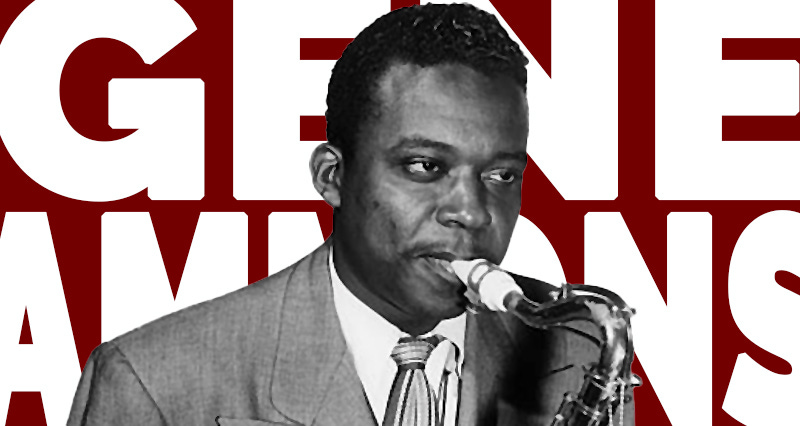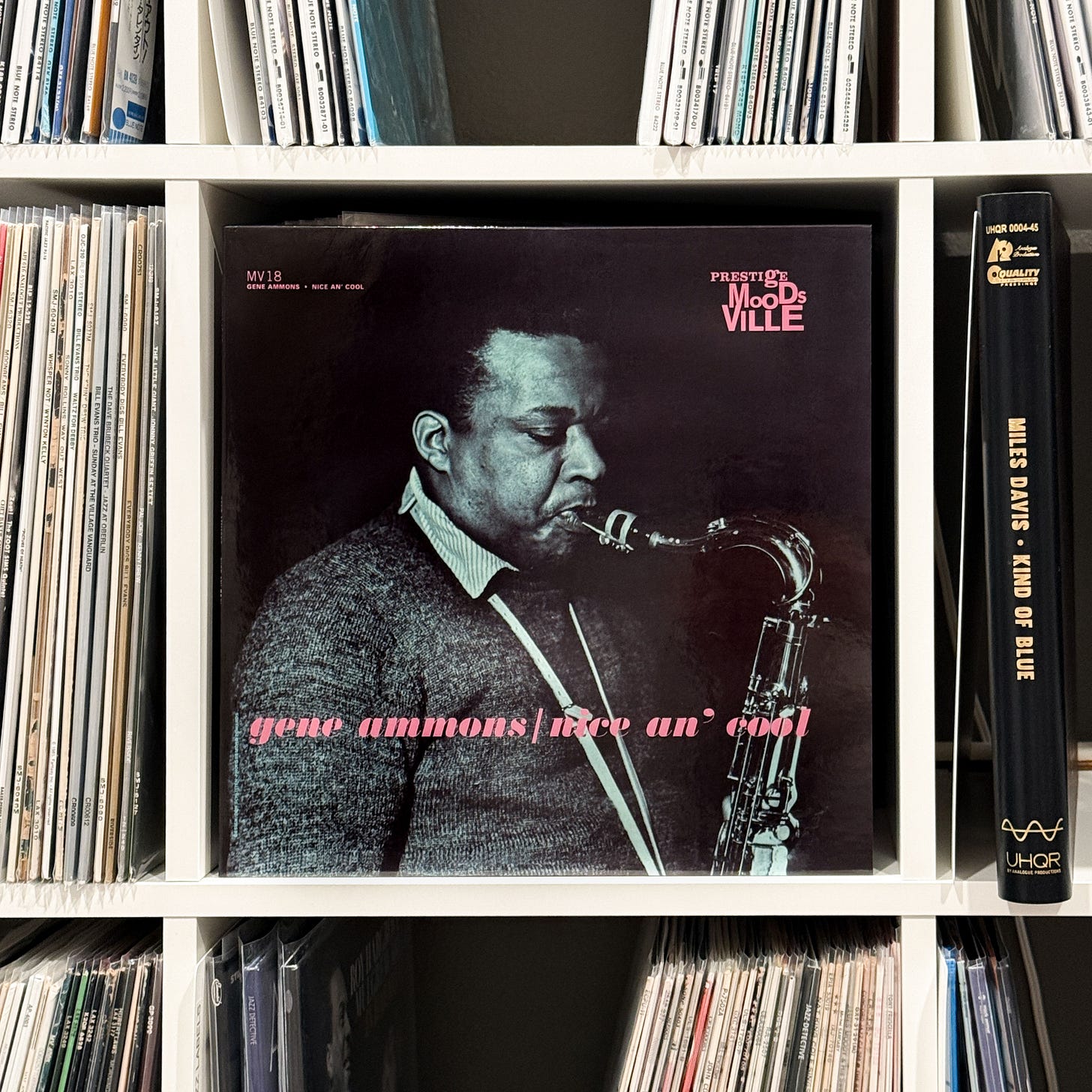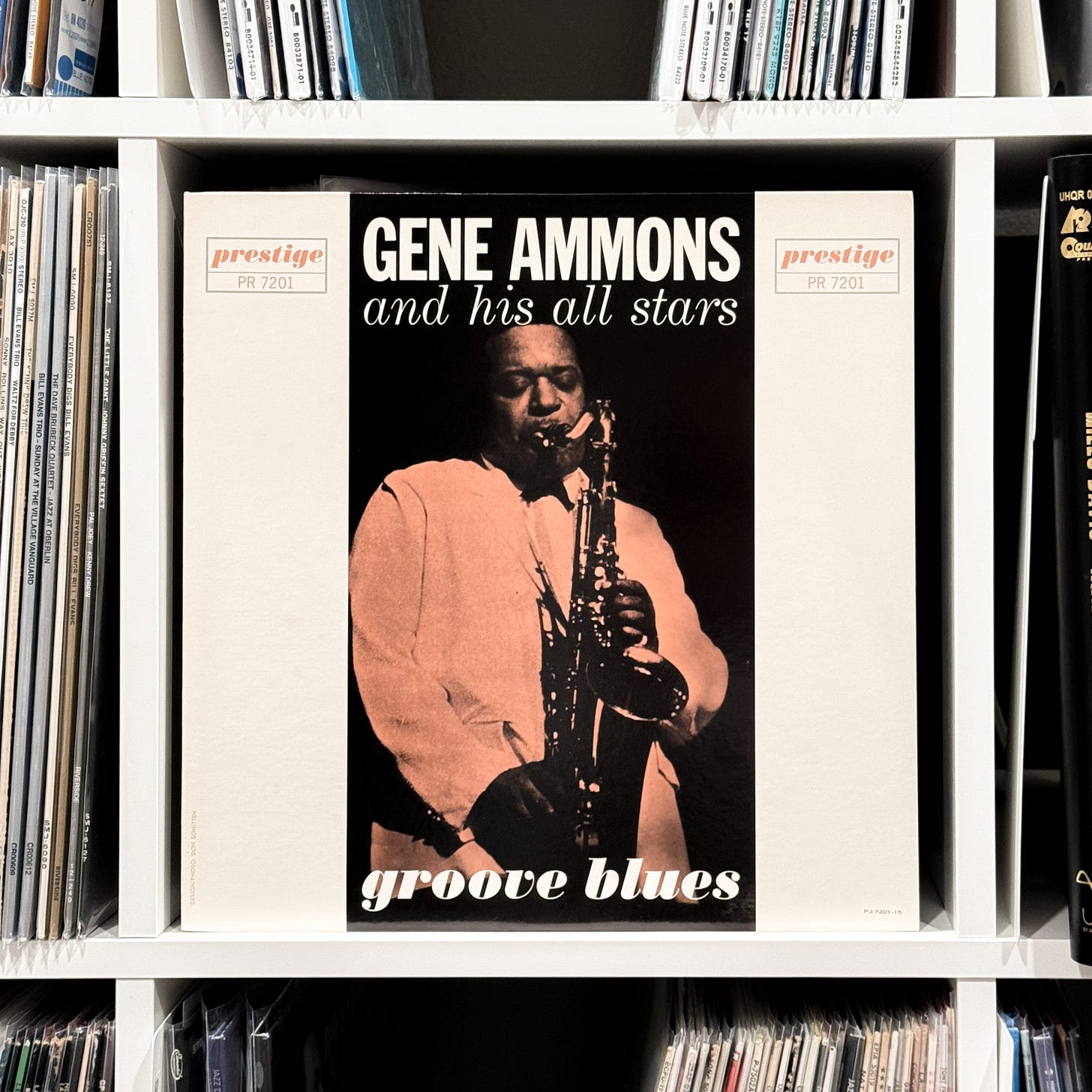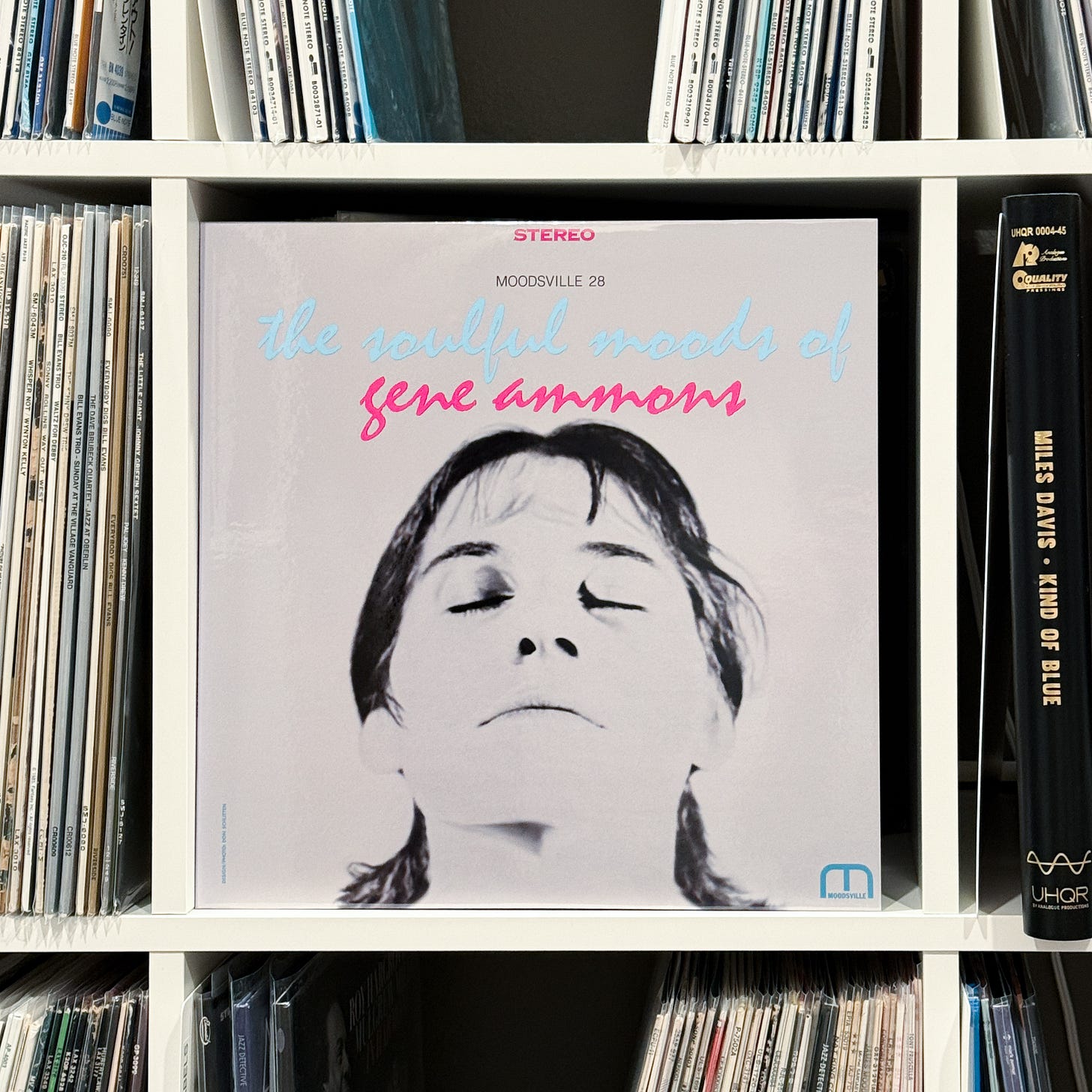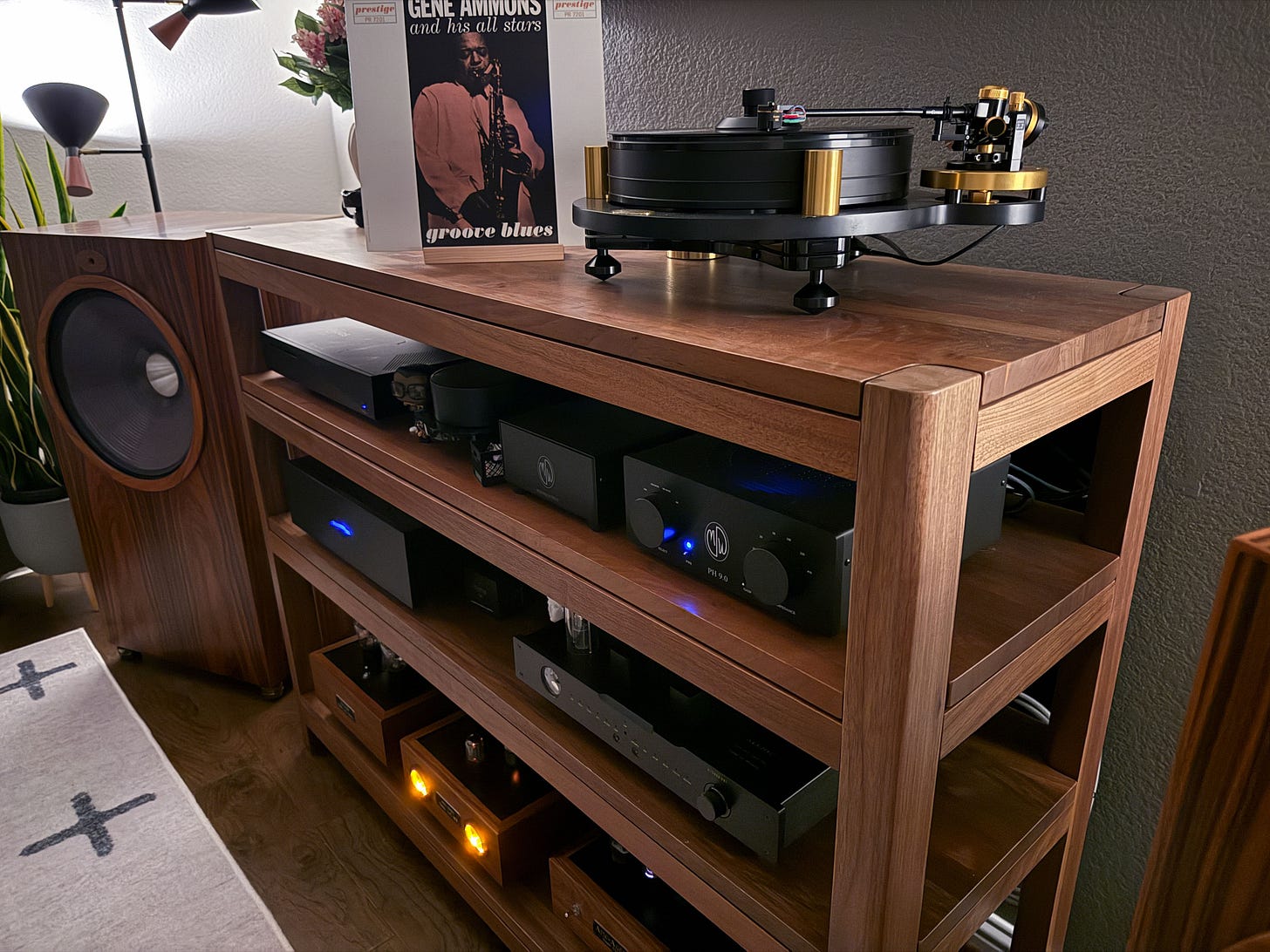Jug is The Boss
a brief look at Gene Ammons & some albums from my personal collection
Eugene (Gene) Ammons — also known as ‘Jug’ & ‘The Boss’ — was an important figure in Jazz history as a prolific recording artist and one of the pioneers of the ‘soul-jazz’ movement. Born in 1925 as the son of pianist Albert Ammons, Gene took an early interest in music, gaining attention while he was just in High School and going on to play with the likes of Billy Eckstine, Dexter Gordon, Charlie Parker, Miles Davis, and many other jazz giants.
With clear inspiration from artists such as Charlie Parker, Lester Young, and Ben Webster, Ammons’ rich, soulful playing and little interest in the modal movement paved the way for widely accessible ‘soul-jazz.’
Note: While critics don’t often rate his albums particularly high due to a ‘lack of excitement or innovation,’ I strongly disagree with that take in general. Music — or any art, for that matter — does not need to push boundaries, challenge convention, or be ‘exciting’ to be of high value. Sometimes, beauty for beauty’s sake is exactly what the doctor ordered. Often people new to the genre will look at star ratings from critics and guides and won’t bother with things less than 4-5 stars, which misses a VAST amount of wonderful music.
To read more about Gene’s life, check out this article from NPR.
Gene is one of my personal favorites — especially when I just want to relax — and a very easy recommendation for newcomers to jazz, so I wanted to highlight a few of his albums from my personal collection that I enjoy. It is not conclusive, not a best-of, and in no particular order.
Gene Ammons - Nice An’ Cool (1961)
Due to Gene’s two stints in prison for drug possession, many of his recordings were completed in fairly short windows, with Nice an’ Cool coming after his first sentence, but prior to his second (1962-1969), along with a flurry of other albums. In fact, he recorded so much that albums were releasing until 1965 — three years into his prison sentence.
Nice An’ Cool is Gene at his prime. His soulful playing makes beautiful work of the mostly ballad selections here. While the whole album is great, the stand out is the opener, a slow-burning take of ‘Til There Was You.’
Gene Ammons - Jug (1961)
Another fabulous album recorded between 1960-1962, ‘Jug’ was released after ‘Nice An’ Cool.’ This one has a few more upbeat numbers on it to contrast a bit more with the slower ballads.
There are a few highlights here, from the opener ‘Ol’ Man River’ to the peppy ‘Tangerine,’ but the track ‘Let It Be You’ has a quiet restraint and mastery of dynamics that really hits the spot for me.
Gene Ammons - Up Tight! (1961)
Another 1961 release, this album is a well-rounded, wonderful entry point to Ammons. With a good mix of standards and originals, there’s hard not to find something to like here. For me, his rendition of ‘I Sold My Heart To The Junkman’ is probably my favorite (and one of my favorite tracks of his in general).
Gene Ammons - Groove Blues (1958)
Recorded and released prior to his first stint in prison, this was one of his final big jam sessions recorded during that period. Featuring a star-studded band including John Coltrane, Pepper Adams, Mal Waldron, Art Taylor, etc., the album is a lot of fun.
While the album features a gorgeous take on ‘It Might As Well Be Spring,’ the title track ‘Groove Blues’ is a lot fun and probably my favorite from this set.
Gene Ammons - Boss Soul! (1961)
This album was recorded during the same session as ‘Up Tight!’ so it features a lot of the same style music and playing, including wonderful ballads like ‘I’m Afraid The Masquerade Is Over.’ My favorite from the album is ‘Travelin,’ a peppy little track that always gets me in a good mood.
Gene Ammons - The Soulful Moods of (1962)
Considered a companion album to ‘Nice an’ Cool,’ this album features some less widely known tracks. I tend to look at this as a B-side to that album and just as good! Difficult to choose a favorite here, but the opening track ‘Two Different Worlds’ is another all-time favorite ballad from Ammons.
What is your favorite album from Gene Ammons? Do you prefer his earlier releases with larger bands, his work with Sonny Stitt, or his later soul-jazz oriented releases?


